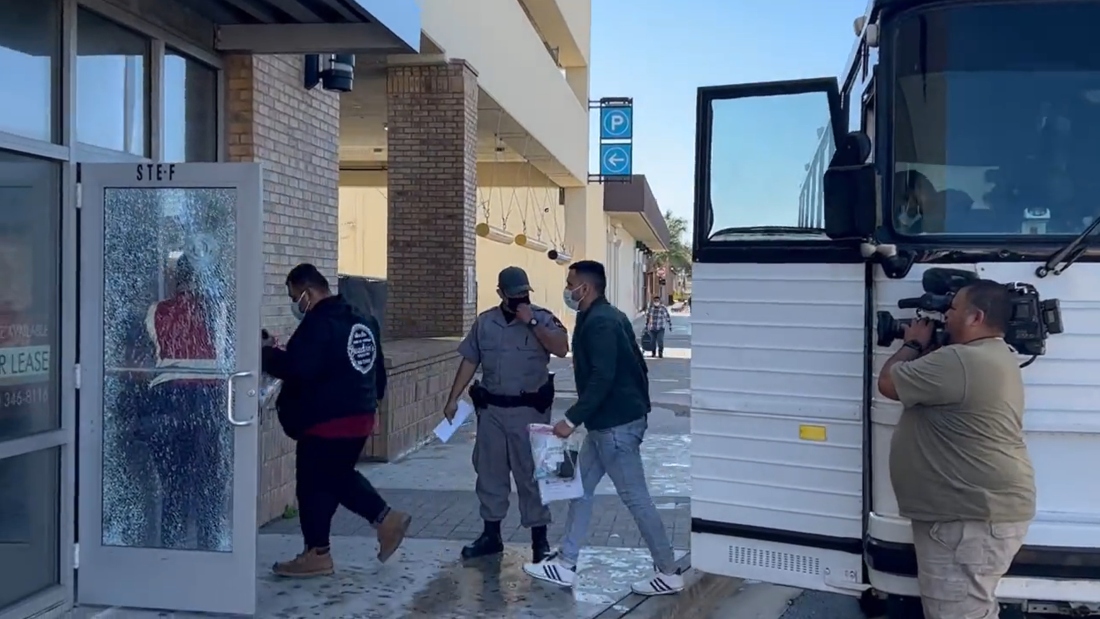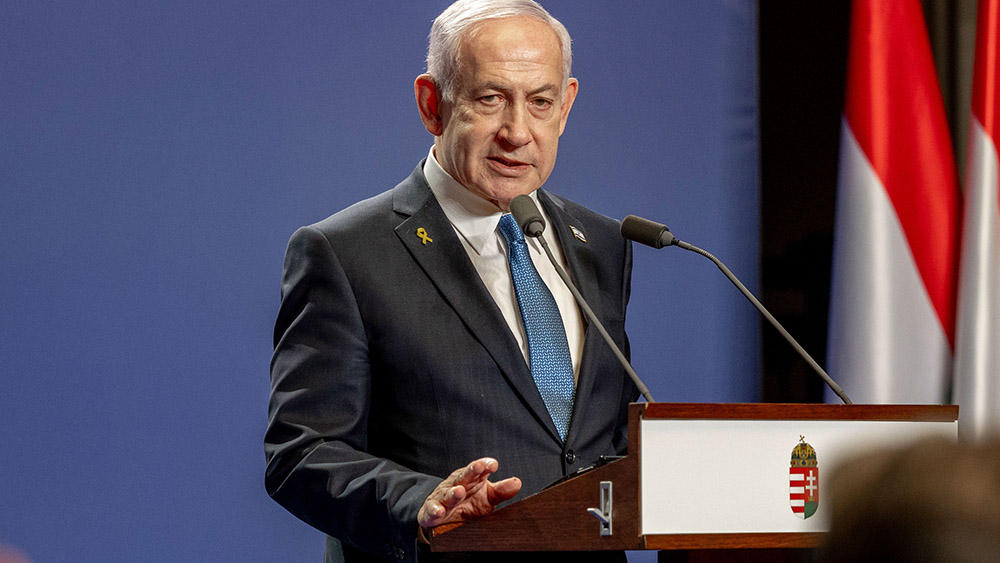
- The Trump administration greenlit a $1.26 billion tent-based facility at Fort Bliss, Texas, capable of holding 5,000 detainees, marking a major escalation in immigration enforcement.
- The military-base location leverages existing infrastructure, with $232 million funded by the Army and the rest from federal immigration budgets. Climate-controlled tents have drawn criticism for potential harsh desert conditions.
- The administration has added 60 detention facilities since taking office, aiming to meet deportation targets of 3,000 arrests per day amid record border crossings.
- Advocacy groups condemn poor detention conditions (overcrowding, abuse), while critics oppose diverting military funds ($1 billion) from housing for service members to border operations.
- The facility reflects a hardline shift toward detention as deterrence, facing likely legal challenges and protests. Its completion by 2027 will test public opinion on border security vs. humanitarian concerns.
A strategic enforcement hub
The new facility, awarded to Virginia-based Acquisition Logistics Company, will be built on the 1.12 million-acre Fort Bliss military base, which already includes an airport and extensive infrastructure. The Army is contributing $232 million toward the project, with the remaining funds coming from federal immigration enforcement budgets. The detention center will consist of large, climate-controlled tents — a design choice that has drawn criticism from activists who argue such structures are ill-suited for the scorching Texas desert. (Related: Venezuelan migrant gangsters stage uprising at Texas ICE detention facility.)Expanding detention capacity
Since taking office, the Trump administration has rapidly expanded detention infrastructure, adding 60 new facilities to house migrants awaiting deportation. The Fort Bliss project follows recent announcements of similar detention centers at military bases in Indiana and New Jersey. Officials argue that these expansions are necessary to manage the surge in border crossings and fulfill the administration’s deportation goals — reportedly targeting 3,000 arrests per day.Controversy over conditions and military involvement
Human rights groups have long raised alarms about conditions in migrant detention centers, citing overcrowding, inadequate medical care and reports of abuse. Earlier this year, a Human Rights Watch investigation documented detainees being shackled for hours without food, water or functioning toilets. The Fort Bliss facility's tent-based design has also drawn comparisons to the now-shuttered Tornillo detention camp, which faced intense scrutiny for housing migrant children in harsh conditions. Critics also question the militarization of immigration enforcement. The Pentagon has already diverted $1 billion originally earmarked for military housing to support border operations, raising concerns about misplaced priorities. Jennifer Kavanagh of the Defense Priorities think tank argued that funds should instead address substandard living conditions for service members, not detainees.A political and historical turning point
The Fort Bliss project reflects a broader shift in U.S. immigration policy, marking one of the most significant investments in detention infrastructure in decades. Historically, large-scale migrant detention has been controversial, with past administrations favoring alternatives like ankle monitors or community-based supervision. However, the Trump administration has doubled down on detention as a deterrent, framing it as essential to national security.What comes next?
With construction expected to wrap up by September 2027, the facility will likely become a flashpoint in the ongoing debate over immigration enforcement. Legal challenges and protests are almost certain, particularly given the involvement of a relatively inexperienced contractor and the use of military resources for civilian detention. The Fort Bliss detention center represents more than just a bureaucratic expansion—it is a physical manifestation of the Trump administration's hardline immigration agenda. The project will serve as a litmus test for voters weighing border security against humanitarian concerns. Whether it succeeds in deterring illegal crossings or becomes another chapter in America's contentious immigration history remains to be seen. One thing is clear: the stakes have never been higher. A GOP lawmaker says: "If the Dems cared about illegal immigrants, they would fight trafficking at the border." Watch this video. This video is from the NewsClips channel on Brighteon,com.More related stories:
INVASION USA: Swarm of military-aged immigrants arriving in Texas, citizen journalist warns. Texas rancher sues DHS over "massive flood" of illegal immigrants passing through his property. Texas offers 1,400 acres to incoming Trump administration for MIGRANT DETENTION facility. Venezuelan migrant gangsters stage uprising at Texas ICE detention facility. Supreme Court gives Texas green light to start arresting, deporting illegal aliens. Sources include: Yournews.com Texastribune.org Military.com Brighteon.comTrump’s census recount plan: Excluding illegals to flip 30-40 house seats in GOP favor
By Finn Heartley // Share
Shield Arms unveils modular pistol system: Glock-compatible firearms with aluminum frames
By Finn Heartley // Share
Trump’s $50B tariff policy shakes global markets as U.S. eyes manufacturing dominance
By Willow Tohi // Share
Former aide claims Netanyahu's first post-Oct. 7 priority was evading responsibility
By isabelle // Share
Mobility SOS: Decoding joint pain after 50 and the path to preservation
By willowt // Share
Kristi Noem declares endgame for Maduro as military pressure mounts
By jacobthomas // Share
Experts warn: Self-aware AI is a near-future desktop technology
By jacobthomas // Share
Microplastics invade reproductive organs—nature's colorful defense may be our best hope
By patricklewis // Share
The silent stressor: How marital strife is quietly damaging our hearts
By avagrace // Share











